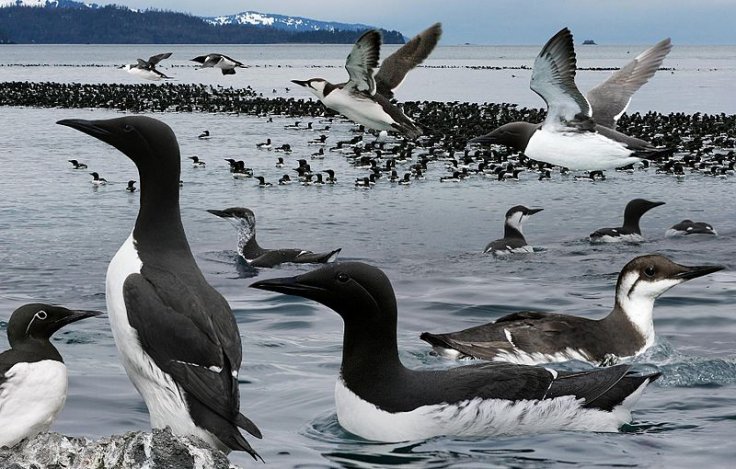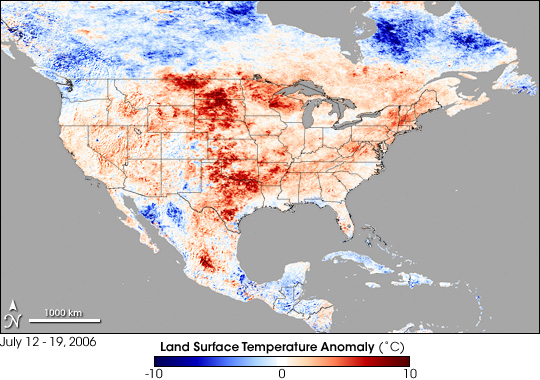The world atmosphere is changing and recently the scientists at National Oceanic and Atmospheric Administration (NOAA) and the US space agency NASA claimed that 2019 was the second hottest year on record for earth. Meanwhile, researchers noted a mass die-off of seabirds which they believe was caused by an intense marine heatwave, which is nicknamed as "the blob."
A new study suggested that between 2015 and 2016 almost around a million of common murres was forced to starve. At that time when thousands of remains washed ashore in Alaska and along the West Coast the scientists have called the event "unprecedented" and "astonishing."
The heatwave

The heatwave is a serious weather phenomenon which is actually a period of unusually hot weather that lasts two or more days and could be quite dangerous. It is a result of trapping air. In 2012, when 8,000 warm temperature records were broken or tied in the US, the air was trapped above much of North America for a long period of time.
After the mass death of US seabirds, researchers from US Geological Survey (USGS) collected data from citizen science beach surveys, rehabilitation centres and community reports to draw a data which later revealed that the die-off was caused by the reduced amount of food which was triggered by the above-average sea temperatures between 2013 and 2016.
It should be noted that the marine heatwave was started in late 2013. At that time a patch of warm water, also known as "the Blob" formed near Alaskan coast. Later, the blob was noticed near the parts of Pacific Coast as far south as Mexico.

US seabirds
Almost 62,000 bird remains were found in 2015 and 2016 on the beaches along the West Coast, particularly in Alaska. But the researchers stated that most of the bird carcasses were never made to land which led the scientists to believe that the number of the dead birds is much higher than they believe. As per the researchers, the estimated number of the deceased murres during the heatwave could be 530,000 to over a million.
The researchers of this study stated that the die-offs and breeding failures occur sporadically in these birds. They mentioned that "the magnitude, duration and spatial extent of this die-off, associated with multi-colony and multi-year reproductive failures, is unprecedented and astonishing." As per the study published in PLOS ONE researchers mentioned that there are two factors which caused the population decline of murre.
The research stated that first, the marine temperature caused the deduction of phytoplankton, which affected the quantity and quality of murre's food supply. Secondly, the higher ocean temperatures caused the speed up the metabolism of larger fish which also eats the same food as murre.
The changes in water temperature increased the amount of food intake or larger fishes and reduced the amount of fish available for other predators. The scientists believe that the die-off will have a long term health complication on common murre populations.
Heatwave effects
As the scientists from Lund University in Sweden stated earlier in a study that overheated birds have smaller offspring and the newly born birds may have lower chances of survival. Apart from birds, the heatwaves also affect other animals as they struggle to lose excess body heat through evaporation.









